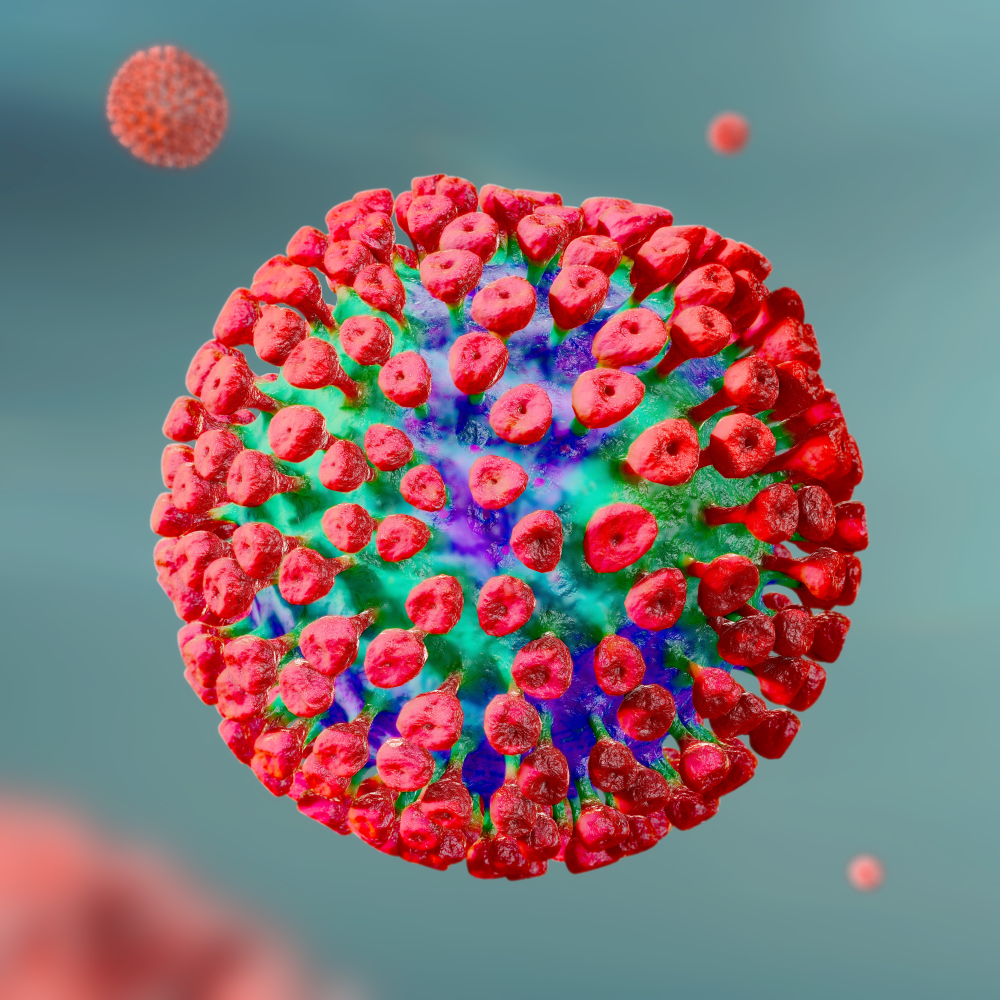CANINE PARAINFLUENZA VIRUS ANTIGEN
Canine Parainfluenza virus (CPIV) antigen has been manufactured for use in the detection of antibodies against CPIV for immunoassay development or other applications.
PRODUCT DETAILS – CANINE PARAINFLUENZA VIRUS ANTIGEN
- Canine Parainfluenza virus antigen, strain D008.
- Native antigen purified from canine parainfluenza virus infected MDCK cells.
- The antigen is presented in 0.05 Glycine, pH 9.
- This material has been UV and detergent inactivated (<0.1% CHAPS, <0.01% SDS).
- For ELISA development or other applications.
BACKGROUND
Canine parainfluenza virus (CPIV) infects dogs worldwide causing acute contagious respiratory disease (kennel cough). It replicates in epithelial cells of the upper respiratory tract, often causing no signs or only mild respiratory illness. Respiratory disease may be more severe when co-infections with other pathogens such as B. bronchiseptica are present (Buonavoglia & Martella, 2007). CPIV is transmitted primarily through aerosols but can also be spread through direct and indirect contact with infected secretions. Aerosolized parainfluenza viruses have been shown to remain infectious for 4-12 days on a nonporous, plastic surface at 18-20°C (Parkinson et al., 1983).
The virus is composed of a single stranded RNA genome of negative polarity and is surrounded by a lipid envelope of host cell origin. The outer envelope of CPIV has both hemagglutinin and neuraminidase activity (HN attachment glycoprotein). The virus genome contains seven genes that encode eight proteins: the nucleoprotein (NP), V/phosphoprotein (V/P), matrix (M), fusion (F), small hydrophobic (SH), hemagglutinin–neuraminidase (HN), and large (L) genes. The HN protein is involved in cell attachment to initiate virus infection and mediates hemagglutination. In addition, HN has neuraminidase activity. The F protein mediates fusion of the viral envelope with the cell membrane. The V protein blocks interferon (IFN) signaling and inhibits IFN synthesis. Interaction of the virus with the IFN system is regarded as a critical factor in the outcome of the infection (reviewed in Buonavoglia & Martella, 2007).
REFERENCE
- Buonavoglia & Martella (2007). Canine respiratory viruses. Veterinary research 38.2, 355-373.
- Paramyxoviridae and Pneumoviridae. In Fenner’s Veterinary Virology (Fifth Edition), 2017
- Parkinson et al. (1983). Survival of human parainfluenza viruses in the South Polar environment. Applied and environmental microbiology 46.4, 901-905.

